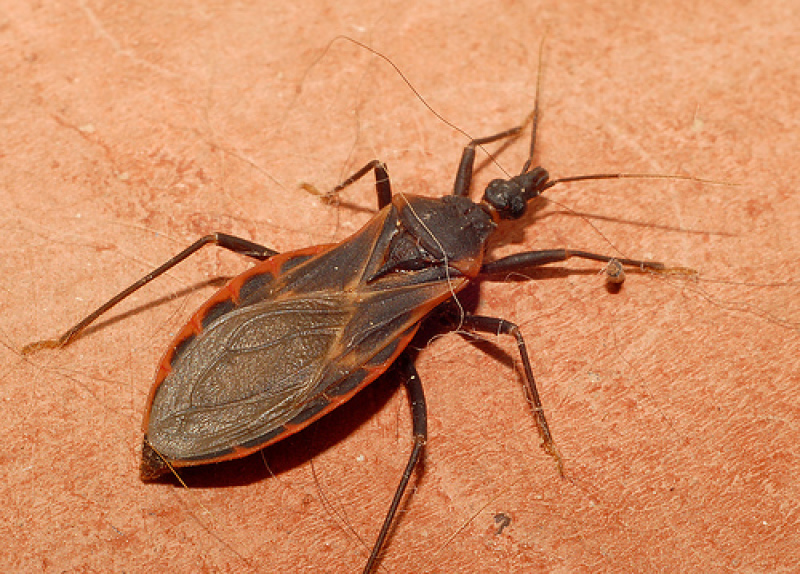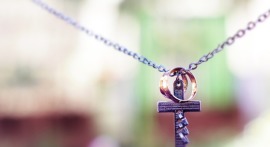
According to a report from the CDC, the Chagas disease caused by an infected kissing bug has already spread across more than half of the states in the U.S.
However, despite the deadly effect of the disease, a health expert noted that the public should not be terribly alarmed.
The kissing bug, also known as the triatomine insect, got its name due to its natural behavior to come out at night to feed on mammals by biting their lips or faces, according to Yahoo News.
These insects are native to South America but have managed to reach the U.S. through migration and other means.
Recently, various news reports noted that because of this bug, the number of Chagas diseases cases in the country increased. According to the CDC, around 28 states in the U.S. have confirmed reports of the Chagas disease.
The agency explained that this disease spreads after a triatomine bug, which looks a bit like a cockroach, gets infected by a parasite known as the Trypanosoma cruzi. Amy Rowland, a spokesperson from the CDC, explained to Time that the transmission of the infection occurs when the feces of an infected triatomine bug enters the eye, a wound or a break in the skin of a victim.
The CDC warned that if left untreated, the disease the disease could become fatal.
However, according to Sarah Hamer, an assistant epidemiology professor at the veterinary and biomedical school of Texas A&M, the public should not be afraid of the reported cases of Chagas disease in the country.
She noted that this is not a rare occurrence and cases linked to the disease have been reported since the 1800s.
"The earlier reports are from the 1800s," she told CNN. "The first parasites have been reported since the 1940s. We're just diagnosing more disease, we're paying attention to it now."
Hamer also explained that the transmission of the parasitic infection from the insect to a person does not happen easily.
"The bug has to be there, blood feed, and the parasite needs to be rubbed in, and that's a lot to have to happen," she said. "It's more rare for kissing bugs to feed on people than mosquitoes to feed on people."
But, Hamer noted that the public should still be aware of the dangers of kissing bugs and Chagas disease and people should follow precautionary methods to avoid getting infected.
As suggested by the CDC, homeowners should make sure to seal all cracks and gaps near windows, doors, roofs and walls since these are the areas kissing bugs usually live in.



















